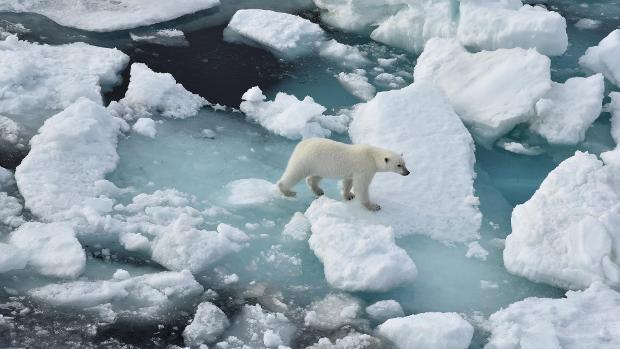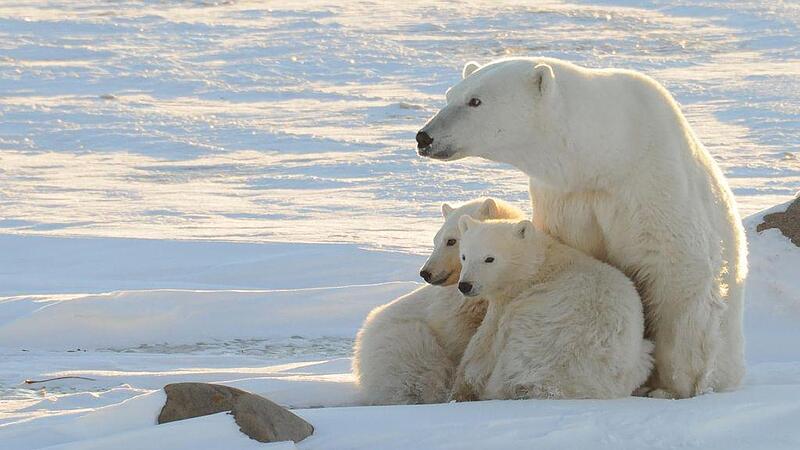Image: Reuters

Image: dpa
In 2004, a network of North American zoos established International Polar Bear Day on February 27th. Over the years, more and more zoos, also from Austria, joined the campaign. This is intended to draw attention to the threat to the habitat of the predator.
For thousands of years, the way of life of these animals, which are closely related to the brown bear, has adapted to the harsh conditions of the Arctic for most living beings. But its habitat, the Arctic Circle, is threatened by climate change and the production of natural gas and oil.
life on thin ice
Polar bears literally live on thin ice. The ice floes are melting due to global warming. However, as carnivores, polar bears need pack ice to hunt seals. The hunting season is shortened due to climate change: the ice melts earlier and freezes over again later. This gives the bears less time to build up reserves for the summer. As the situation continues to deteriorate, conflicts between animals and humans are becoming more frequent as the bears penetrate into settlements in search of food.
The poor nutritional status of the females further affects the reproductive rate and the chances of survival of the young. In addition, environmental toxins, which the bears ingest from their prey, threaten the animals – they impair bodily functions such as the formation of antibodies, the absorption of vitamins and fertility. The pollutants are passed on to the young via the mother’s milk.

Image: dpa
numbers, data, facts
- Ursus maritimus, the polar bear’s scientific name, actually means “sea bear”. This is apt since bears spend most of their time at sea.
- The population of polar bears is given by the WWF between 22,000 and 31,000 animals (as of 2020), the future is uncertain. According to the International Red List, the animals are considered endangered.
- According to WWF estimates, about 60 to 80 percent of polar bears live in Canada. The density is highest on year-old pack ice.
- Around 400,000 years ago, the lineages of brown and polar bears may have separated, but hybrids of the two species occur in the overlapping regions of the range.
- In the wild, a polar bear can live up to 30 years.
- The fur appears white, although the hair is actually transparent.
- The polar bear has a few “superpowers” like an extremely keen sense of smell, claws like spikes and paws like snowshoes, and skin on the eye that acts like snow goggles.
Source: Nachrichten




